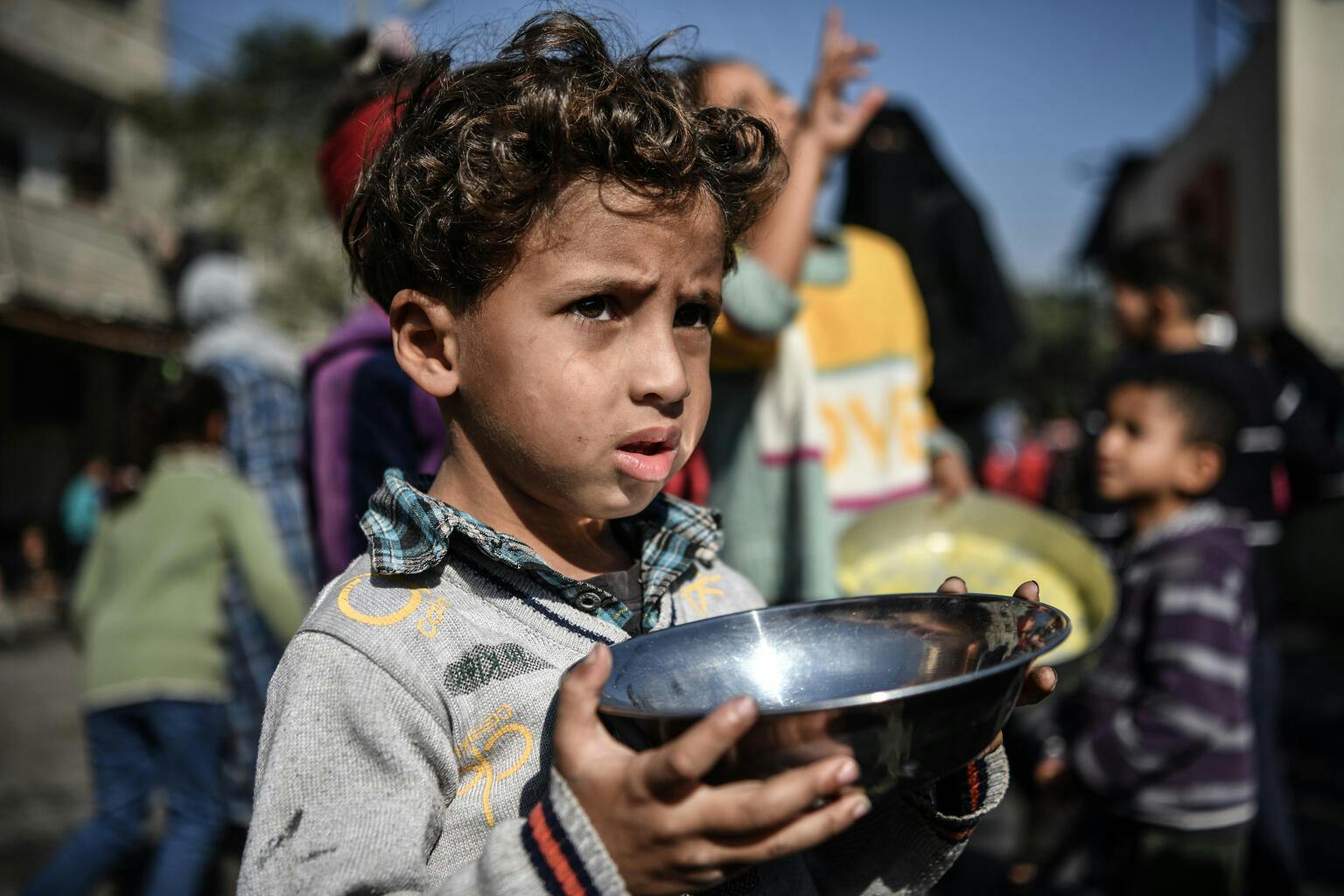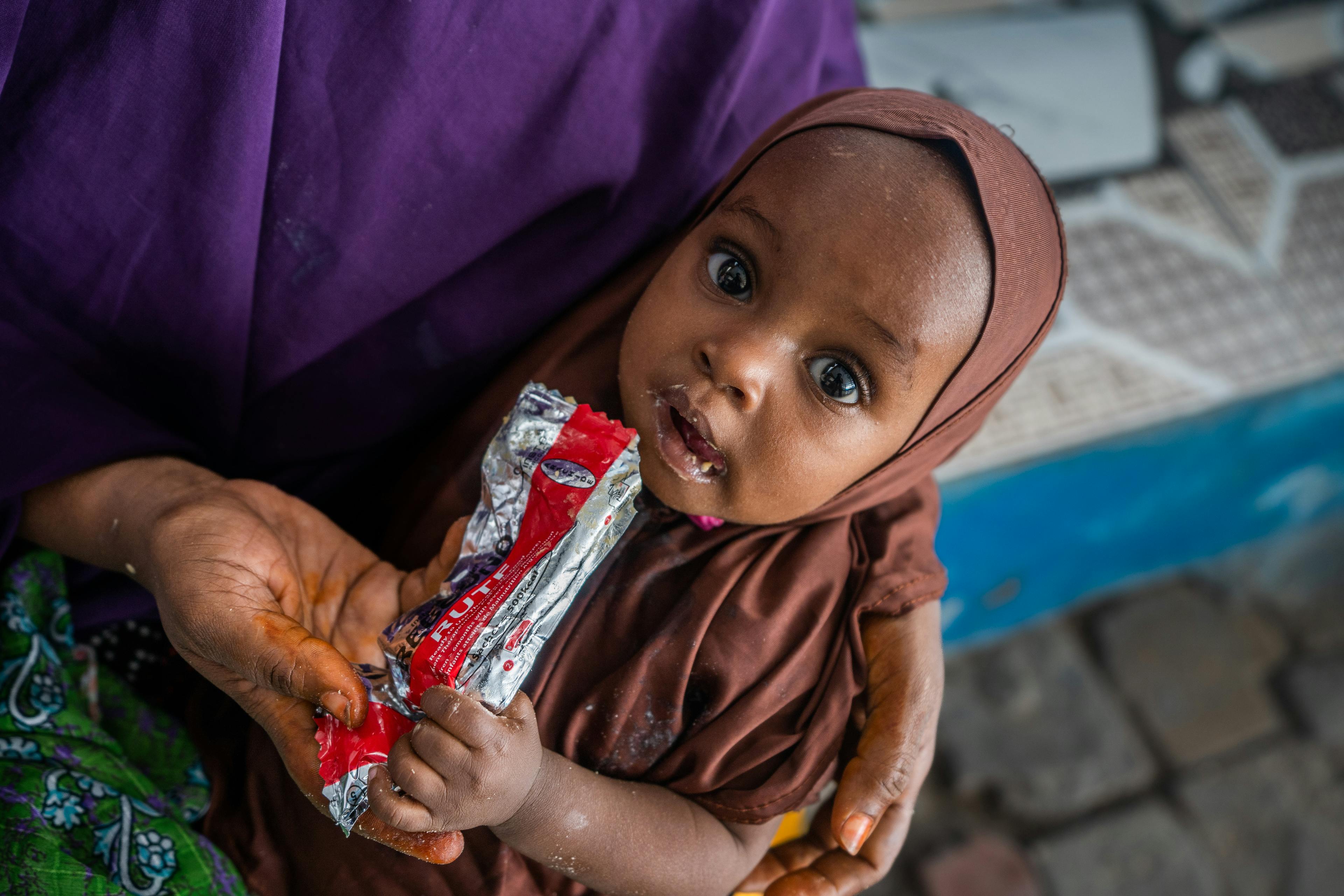
Catching signs of malnutrition early
Home
Stories
Catching signs of malnutrition early
In the first of our three-part series about preventing, detecting, and treating malnutrition, we took a deep dive into how UNICEF addresses the root causes of malnutrition to prevent it from happening to kids in the first place.
Now, we'll continue our deep dive in Part 2: Detection of malnutrition.
Although prevention is crucial, there are situations where children are at higher risk of malnutrition due to factors such as climate, conflicts, and natural disasters.
Malnutrition can result in lasting physical and developmental consequences. Early detection not only makes treatment more successful and cost-effective but most importantly it saves lives and lessens any suffering.
In this next segment, we’ll explore the importance of early detection of malnutrition in children and how we intervene quickly to mitigate severe health complications.
Equipping parents and caregivers with the right tools
Green means go. Red, stop and urgently treat. Our goal? Avoid red altogether.
Detection of malnutrition starts with easy-to-use, innovative and low-cost Mid-Upper Arm Circumference (MUAC) bands.
In 2022, a whopping 18.6 million MUAC bands were delivered by UNICEF across 54 countries.
We provide them to parents, caregivers, and community health workers so they have the knowledge and means to quickly detect malnutrition right from their own homes.
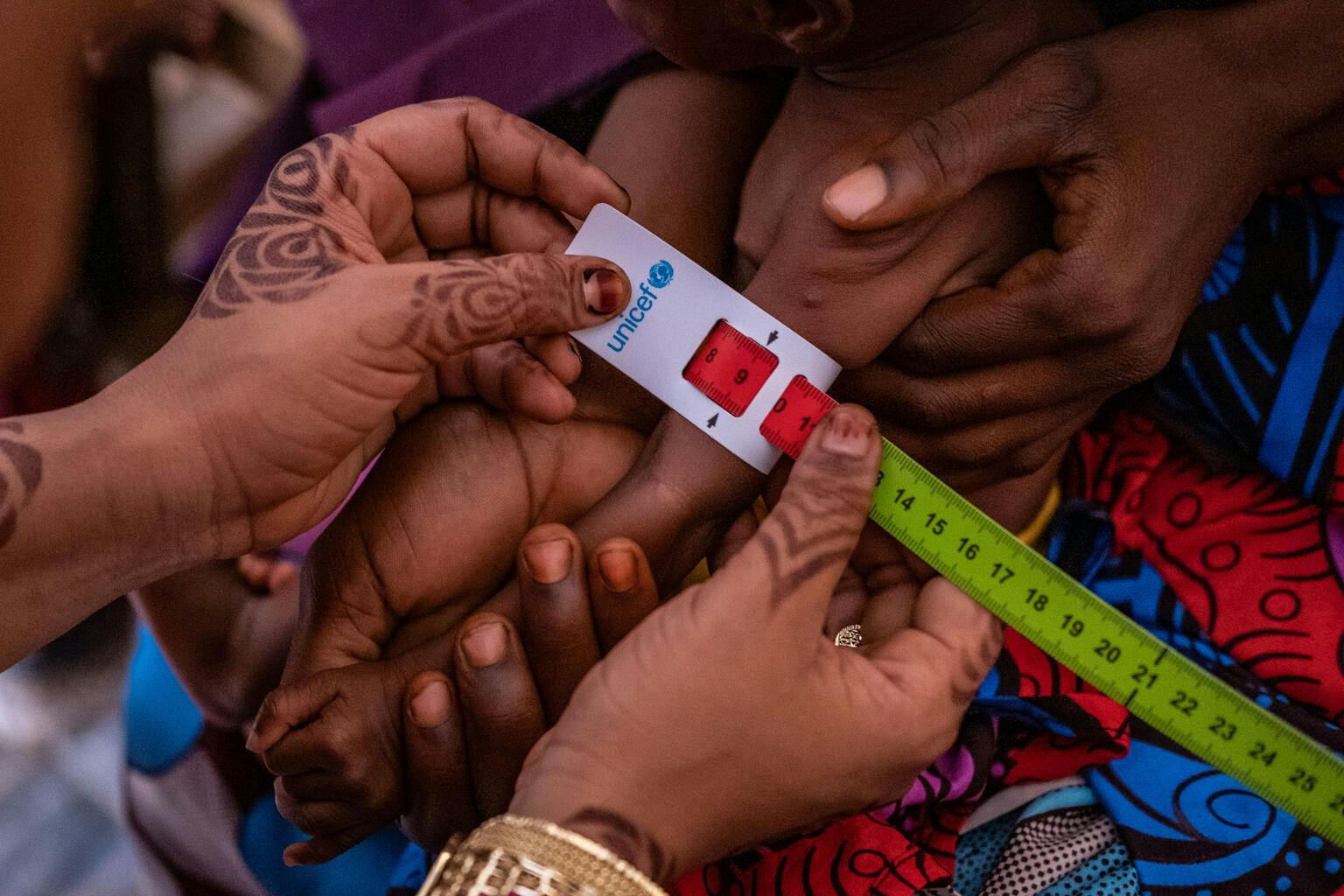
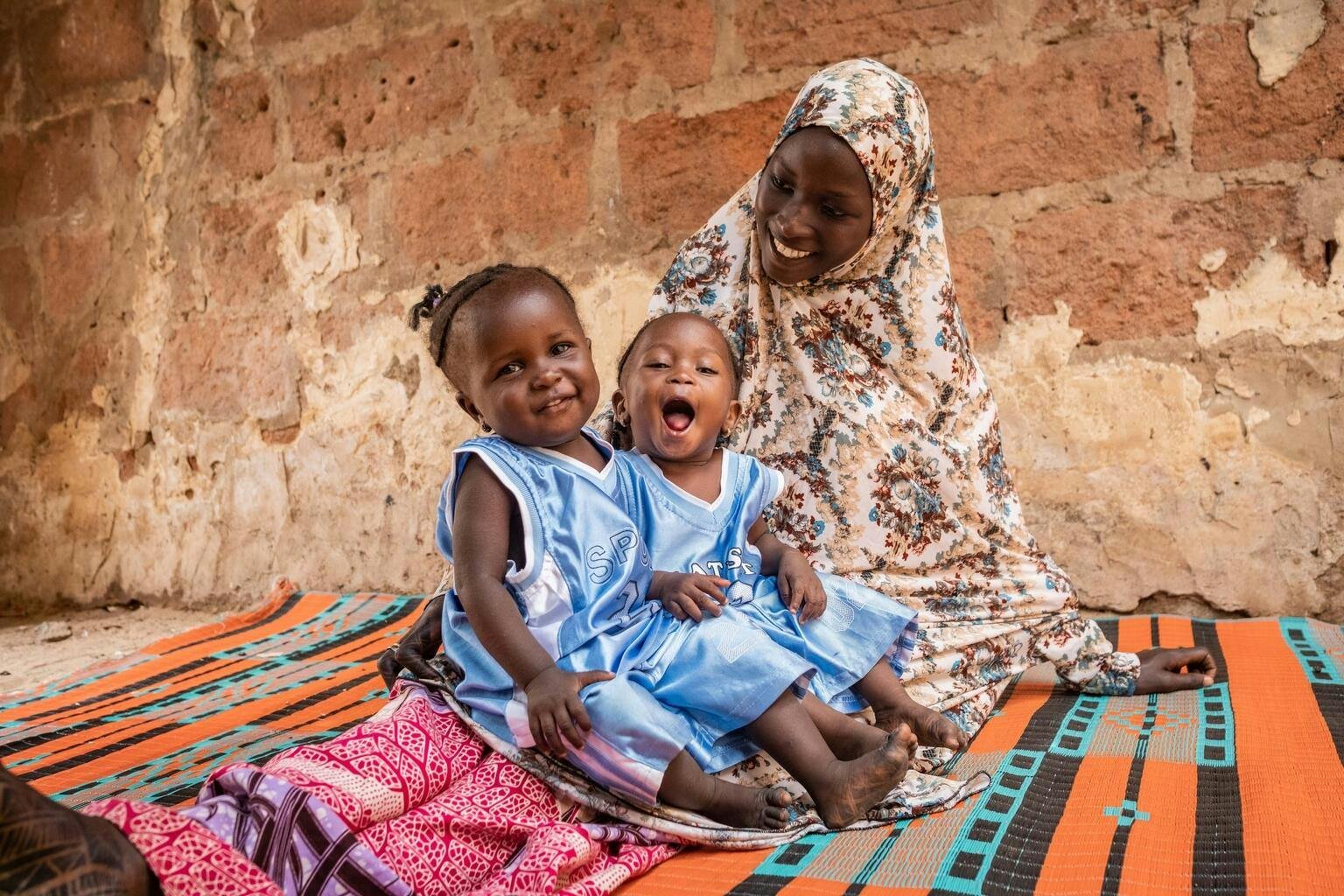
UNI419504
Just two months before this heartwarming snapshot, 14-month-old Asma’u, alongside her twin sister, Halima, were brought to a health center in Nigeria for malnutrition treatment. Asma'u had a MUAC measurement of 11.2cms, signalling severe acute malnutrition.
In cases of twins, both siblings undergo treatment if one is malnourished.
Making remarkable progress in her recovery - and with a new MUAC reading of 12.8cms - Asma’u has now been discharged from care with her family and her usual bubbly energy back in swing.
Rapid Assessments
When an emergency or crises hits, our rapid assessments are a hugely important tool in the fight to save lives. It's all about quickly identifying and responding to any possible malnutrition outbreaks as early as possible.
These assessments involve collecting data which is quickly analysed to help make decisions on the immediate response and intervention strategies.
When basics like food, clean water, and medicines become scarce, this compromises women and children’s nutrition and immunity and results in a surge of acute malnutrition.
Given the ongoing crisis in Gaza following the intense conflict that began in October 2023, relying solely on humanitarian aid may not be enough to combat severe acute malnutrition among children. Essential aid and food provisions are struggling to reach the most affected regions and children because borders have been sealed off.
Reports such as the Nutrition Vulnerability and Situation Analysis – Gaza, and Integrated Food Security and Nutrition Phase Classification (IPC) show that as of January 2024, 1 in 6 children under 2 years of age in Gaza are acutely malnourished, with the situation getting graver as more time passes.
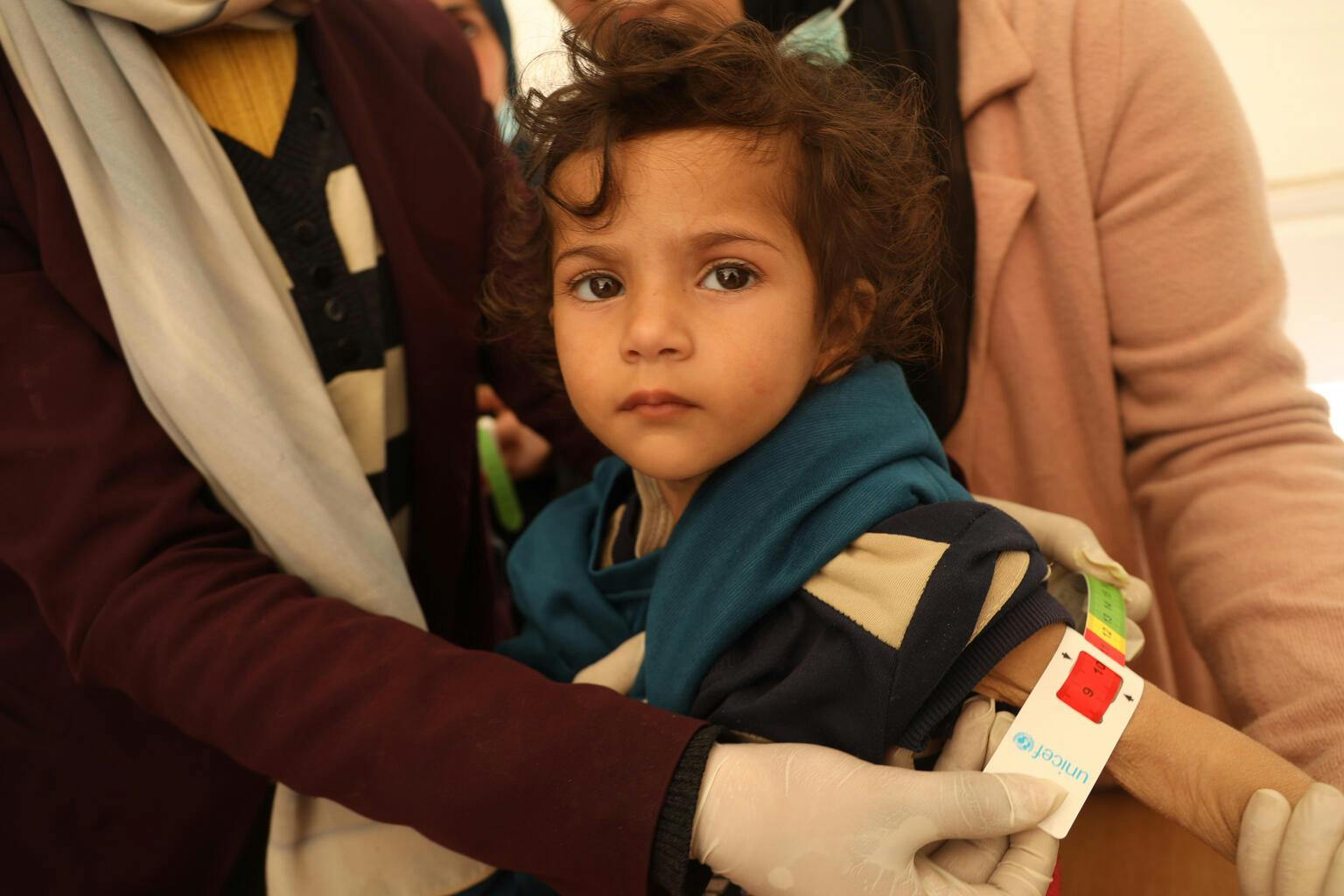
UNI519938
Before the war in Gaza, two-year old Leen was actively receiving appropriate medications and physical therapy, which helped her weight reach 11 kilograms and showed signs of health improvement.
But after her family was displaced from their home in Khan Yunis, Leen’s health sharply declined. Without access to necessary medications or adequate food, she gradually lost weight, eventually weighing just 7 kilograms.
Thankfully with UNICEF intervention, Leen was transferred to Al Awda Hospital for treatment and her condition is anticipated to improve within two weeks.
In heartbreaking situations like these, UNICEF not only provides aid but also works towards removing obstacles to aid delivery in areas most in need. We’ll continue to advocate and push world leaders to end violence, allowing us to reach all of Gaza and its children with essential humanitarian assistance.
“People in Gaza are suffering from a lack of food, water, medicines and adequate healthcare. Famine will make an already terrible situation catastrophic because sick people are more likely to succumb to starvation and starving people are more vulnerable to disease. We need unimpeded, safe access to deliver aid and a humanitarian ceasefire to prevent further death and suffering.”
- WHO Director-General, Dr Tedros Adhanom Ghebreyesus
Mobile clinics
In rural areas or regions where local clinics have been severely impacted by emergencies, families often face the difficult dilemma of either embarking on long journeys for essential health and nutrition services or going without altogether. To bridge this gap and reach families in need more effectively, mobile teams are deployed to remote communities to swiftly identify malnourishment and provide prompt treatment.
When a powerful 5.9 magnitude earthquake hit the rural provinces of East Afghanistan in June 2022, 7 mobile health and nutrition teams (MHNTs) were immediately deployed to the quake-hit areas. In some of the most remote villages, the UNICEF MHNTs were the first responders – providing care in a matter of hours.
In addition to providing first aid and trauma care, our teams remained on the ground in these areas to identify and provide treatment for children at risk of developing severe acute malnutrition – even well after the early emergency response stages.

In just the first three months of 2023, 152 UNICEF supported MHNTs in Afghanistan provided health and nutrition services to around 1.7 million people in remote and hard to reach areas.7
Establishing health systems in places where malnutrition is highest will help families to live healthy lives and stay in their own communities.
Community screening and knowledge sharing
Although many of the MHNTs in Afghanistan were deployed following emergencies, countless areas continued to benefit from ongoing regular visits by teams.
By conducting regular and targeted screenings in communities, healthcare professionals can identify children who are at risk or already experiencing malnutrition in the early stages.
Since April 2023, Sudan has been engulfed in a devastating conflict, forcing 3.5 million innocent children and their families to abandon their homes in search of safety from the rampant violence.
Despite challenges, UNICEF and partners reached over 5.4 million children with malnutrition screening – with almost 313,400 receiving life-saving treatment.
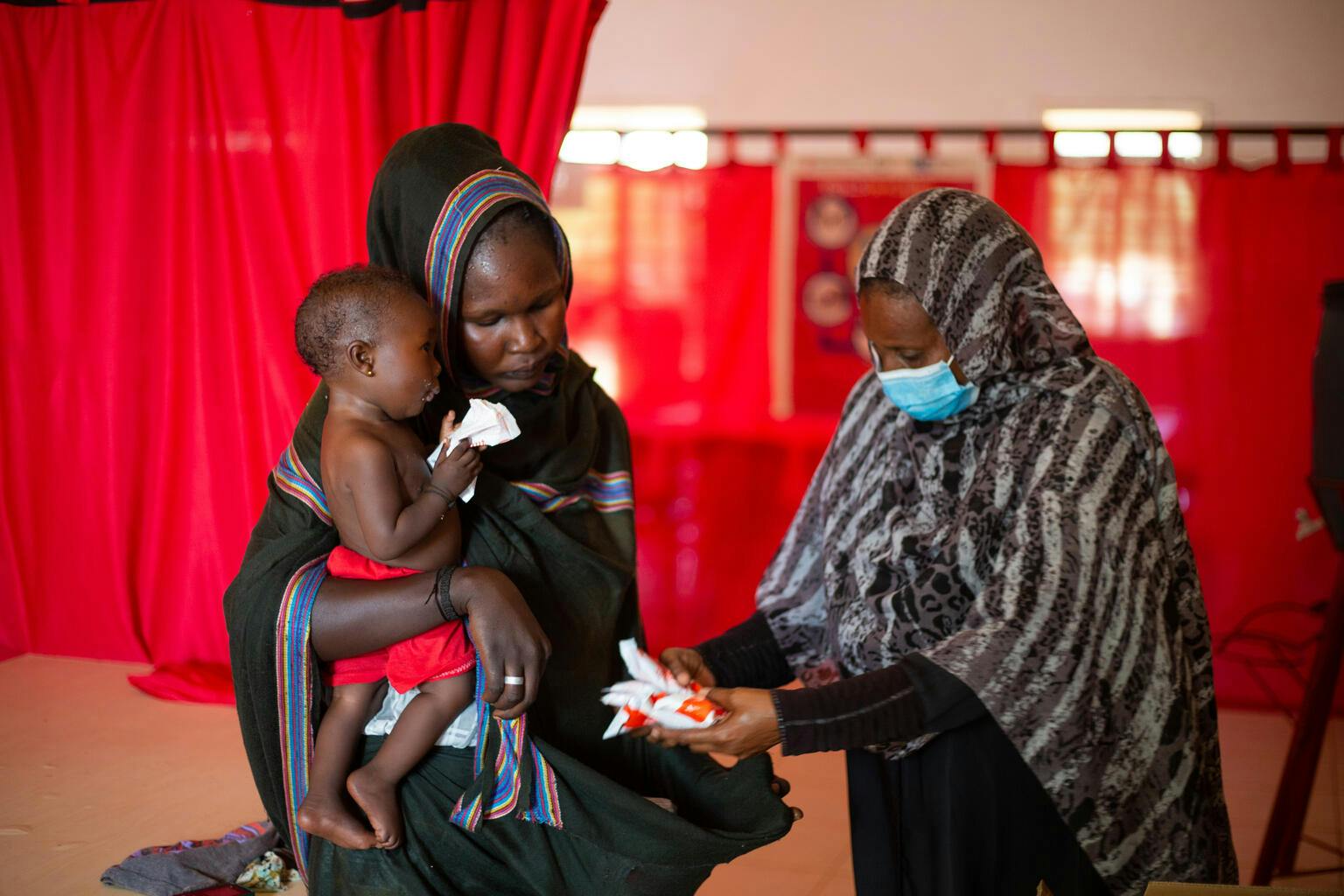
Engaging with local communities is one of UNICEF’s most valuable strategies to identify and address malnutrition effectively and sustainably. By training local healthcare providers, community health workers, and parents on detecting malnutrition, this will empower them to deliver effective treatment and support from within the community themselves.
Early intervention saves lives
The goal is to always catch signs of severe acute malnutrition well before it gets to the stage of needing hospital treatment.
When we can detect things early, treatment can be administered right from home by providing ready-to-use-therapeutic-food (RUTF) and routine medications, following medical practices recommended by healthcare professionals, and conducting weekly monitoring.
In the upcoming final part of the series, we’ll put a spotlight on a powerful and life-saving product, along with additional ways UNICEF assists children in overcoming malnutrition.
